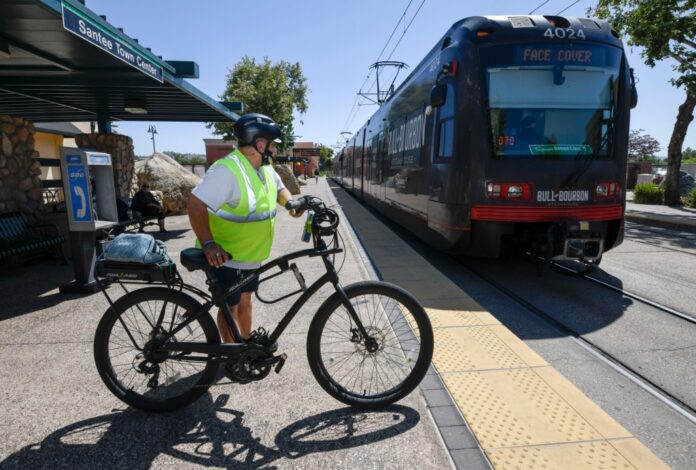
When I suddenly had to find a new apartment after my landlord didn’t renew my lease, I was thrust into a rental market that had surged 20 percent from the previous year. I called the first listing I saw that was in a comparable price range to my current apartment, yet the landlord told me he had already secured a new tenant. That listing had been up for less than 24 hours.
Eventually, I found a new spot with rent much higher than my previous place, yet I could absorb this increase. Of course, my personal story pales in comparison to the 142,000 low-income renter households in the region who do not have access to an affordable home.
San Diego has new plans to tackle this crisis: Blueprint SD and new community plans for neighborhoods like Hillcrest and University City. Blueprint SD is the city’s framework to concentrate new homes in areas where people drive less while cutting red tape on development through a programmatic Environmental Impact Report. This report streamlines future community plan approvals by conducting an upfront environmental assessment instead of individual ones for every community. Overall, this approach will help the city achieve its goal of 108,000 new homes by 2029, which we are far behind.
Hillcrest’s new plan makes room for up to 17,200 more homes, mostly along busy streets like Washington, University and Park Boulevard. But it’s not just about adding more housing. The plan is all about balance. It includes better bike lanes, protects Hillcrest’s LGBTQ+ culture, and makes streets safer for people to walk around. Plus, developers have to create public spaces like promenades and plazas. The plan even creates an LGBTQ+ Cultural District to preserve the neighborhood’s history and identity, with policies that support keeping historically important LGBTQ+ sites in the community.
The University City plan is the first update since 1987, and it’s ready to make the most of the new $2.1 billion Mid-Coast Trolley. The idea is to rezone the areas around the new trolley stations so we can add up to 30,000 more homes. That’s critical for a neighborhood that has three jobs for every home. The plan aims to create villages where people can ditch their cars and walk, bike or hop on transit instead. It also sets aside a staggering 171.5 acres of open space in places like Rose Canyon and Nobel Hill.
These plans line up perfectly with San Diego’s Climate Action Plan. By focusing on new homes near transit, we can get people out of their cars and reduce all the pollution they create. The University City plan scenario with the most homes was the best for the environment because it would cut down on miles driven the most. Simply, more homes in the right places means less time stuck in traffic and more time enjoying San Diego.
Critics argue this approach will bring overcrowding and erode community character. But the harsh reality is that our housing shortage is already eroding the social fabric, as people people get displaced or pushed into grueling commutes. These plans add housing sensitively and equitably, guided by years of public input. It’s important to note that rezoning doesn’t mean immediate redevelopment. These plans provide the necessary flexibility for our city to grow and evolve.
Others might be concerned that our infrastructure — like roads, water, sewer and schools — won’t keep up with all the new homes. It’s a valid concern, but these plans ensure we’re being smart about where we direct growth. By focusing on adding new housing near transit and in areas with existing infrastructure rather than sprawling outward, we can grow more efficiently and make the most of our limited resources. Also, we reduce the strain on our roads and public facilities in the long run by creating more walkable, bikeable neighborhoods,
Change is hard, but clinging to the broken status quo as housing devours incomes is harder. San Diego County has fallen 100,000 homes short. The path forward is clear, and most San Diegans are demanding action. We can propel San Diego toward an affordable and green future by passing these proposals. The alternative is a region where only the wealthy can live and the California Dream fades. Let’s choose the first path before it’s too late.
Asad is the advocacy and communications chair for the YIMBY (Yes In My Backyard) Democrats of San Diego County. He lives in Mission Hills.



